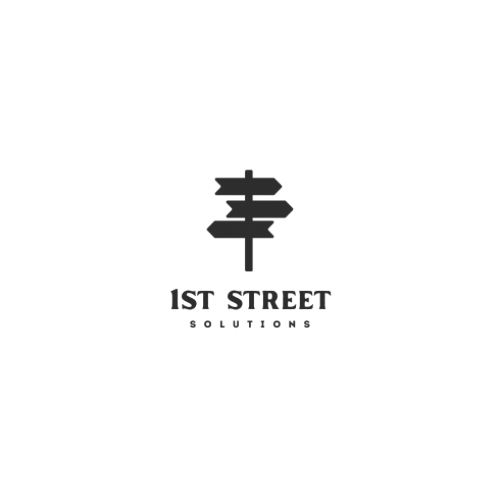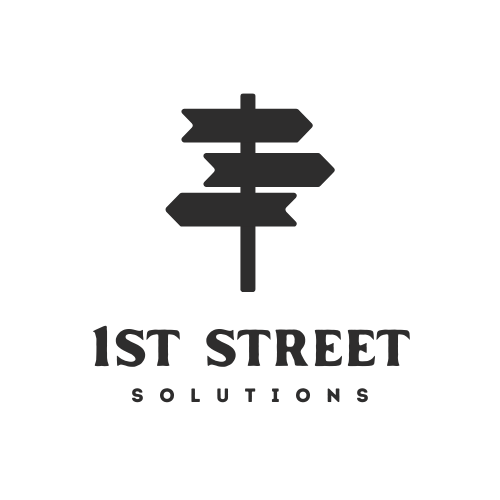Introduction
Effective communication is the backbone of any successful business. With the rise of remote work and global teams, businesses need robust communication platforms to keep teams connected, collaborate efficiently, and ensure smooth workflow management. In this guide, we explore the best communication platforms for business, their key features, and how they can benefit your company.
Why Communication Platforms Are Essential for Businesses
Modern businesses rely on seamless communication for various reasons, including:
- Enhanced Collaboration: Teams can work together efficiently, regardless of location.
- Improved Productivity: Faster decision-making leads to better business outcomes.
- Cost Savings: Reduces the need for physical meetings and travel expenses.
- Better Customer Interaction: Helps businesses provide better support and service.
- Data Security: Ensures safe and secure information exchange.
With so many options available, selecting the right communication platform is crucial. Below, we dive into the top tools that cater to different business needs.
Best Communication Platforms for Business
1. Slack
Best for: Team collaboration and instant messaging
Key Features:
- Organized channels for team discussions
- Direct messaging and group chats
- Integrations with tools like Google Drive, Trello, and Zoom
- File sharing and search functionality
- Video and voice call capabilities
Slack is ideal for businesses that need a flexible and organized way to communicate, especially for remote teams.
2. Microsoft Teams
Best for: Enterprises and organizations using Microsoft 365
Key Features:
- Deep integration with Microsoft Office Suite
- Video conferencing and screen sharing
- Cloud storage and collaboration on documents
- Customizable channels and team spaces
- Enterprise-level security and compliance
Microsoft Teams is perfect for businesses already using Microsoft 365, offering seamless integration and collaboration features.
3. Zoom
Best for: Video conferencing and webinars
Key Features:
- High-quality video and audio conferencing
- Webinar hosting and live streaming
- Screen sharing and virtual backgrounds
- Breakout rooms for small group discussions
- Meeting recording and transcription
Zoom is widely used for remote meetings, training sessions, and customer support due to its user-friendly interface and reliable video quality.
4. Google Meet
Best for: Businesses using Google Workspace
Key Features:
- Seamless integration with Google Calendar and Gmail
- High-quality video meetings
- Screen sharing and real-time collaboration on Google Docs
- Secure encryption for data protection
- No software installation required
Google Meet is a great choice for businesses that rely on Google Workspace for their daily operations.
5. Cisco Webex
Best for: Enterprises requiring advanced security and collaboration tools
Key Features:
- Secure video and audio conferencing
- AI-powered meeting transcription and note-taking
- Large-scale event hosting capabilities
- Integrations with third-party apps
- End-to-end encryption for enhanced security
Cisco Webex is a powerful option for businesses needing a secure and feature-rich communication platform.
6. RingCentral
Best for: Unified communication and VoIP services
Key Features:
- Cloud-based phone system with VoIP capabilities
- Video meetings and team messaging
- Business SMS and faxing
- Integration with CRM and productivity tools
- AI-powered call analytics
RingCentral is ideal for businesses that need an all-in-one communication solution covering voice, video, and messaging.
7. Skype for Business (Now Microsoft Teams)
Best for: Small businesses and startups
Key Features:
- Instant messaging and file sharing
- HD video calls and conference calling
- Integration with Microsoft 365
- Secure end-to-end encryption
- Mobile and desktop accessibility
While Skype for Business has transitioned to Microsoft Teams, it remains a good option for small businesses needing basic communication tools.
How to Choose the Best Communication Platform for Your Business
When selecting a communication platform, consider the following factors:
- Business Size and Needs: Small businesses may require simple tools, while enterprises need advanced features.
- Integration Options: Ensure compatibility with your existing software and tools.
- Security and Compliance: Look for encryption, compliance certifications, and security features.
- User-Friendliness: Choose a platform that is easy to use for all employees.
- Scalability: Ensure the platform can grow with your business.
- Cost and Budget: Compare pricing plans to find a cost-effective solution.
Conclusion
Choosing the best communication platform for business is essential for fostering collaboration, improving efficiency, and ensuring seamless communication. Whether you need an all-in-one solution like Microsoft Teams, a messaging tool like Slack, or a video conferencing platform like Zoom, the right choice depends on your business needs and workflow.
Evaluate your requirements, test different platforms, and invest in the best tool to enhance your team’s productivity and communication.
Which communication platform does your business use? Share your thoughts in the comments below!




